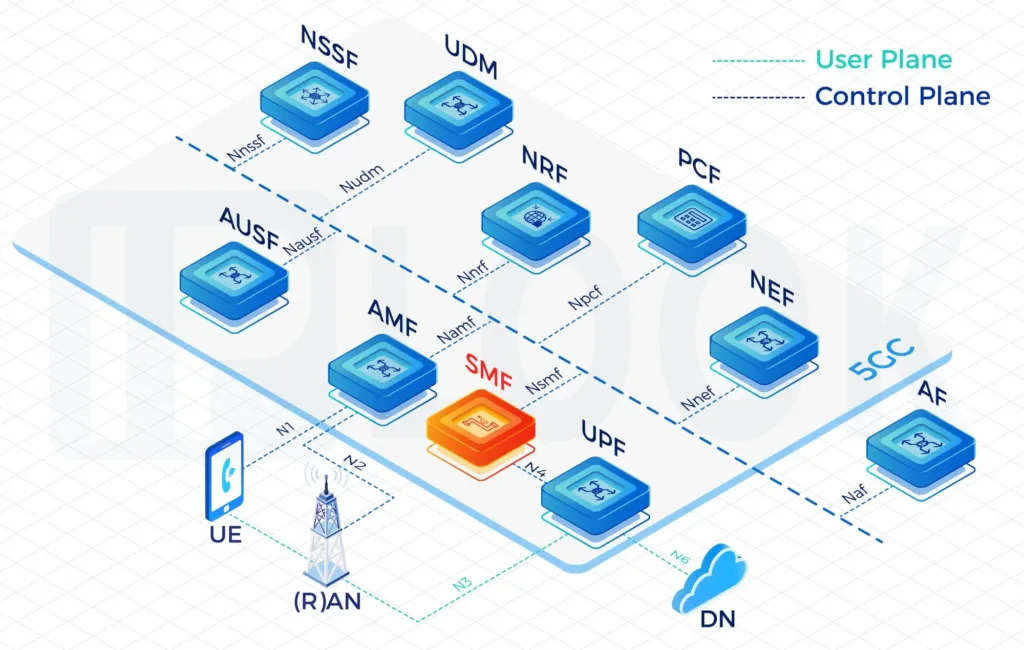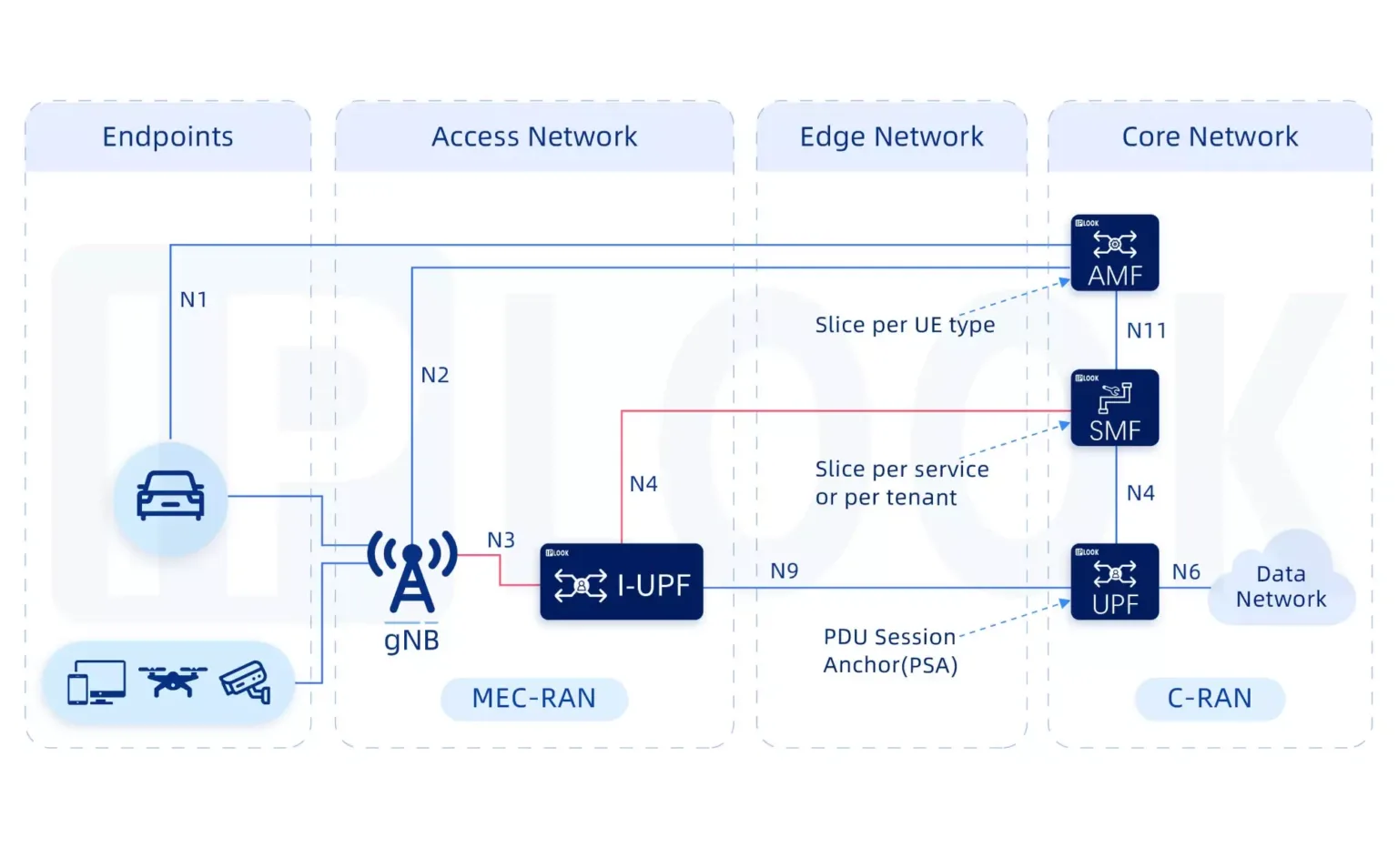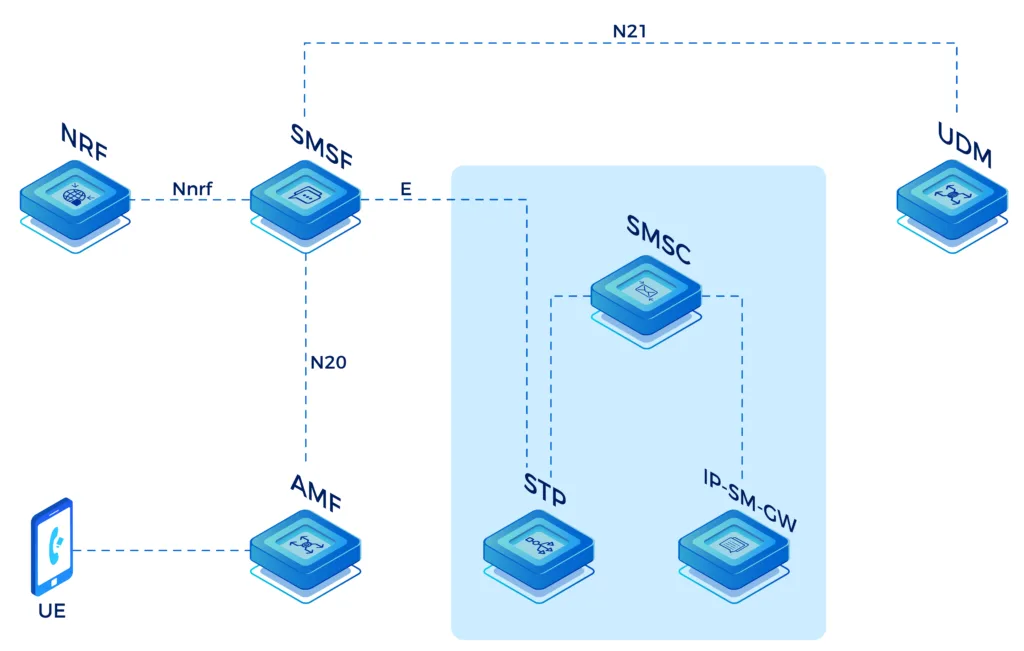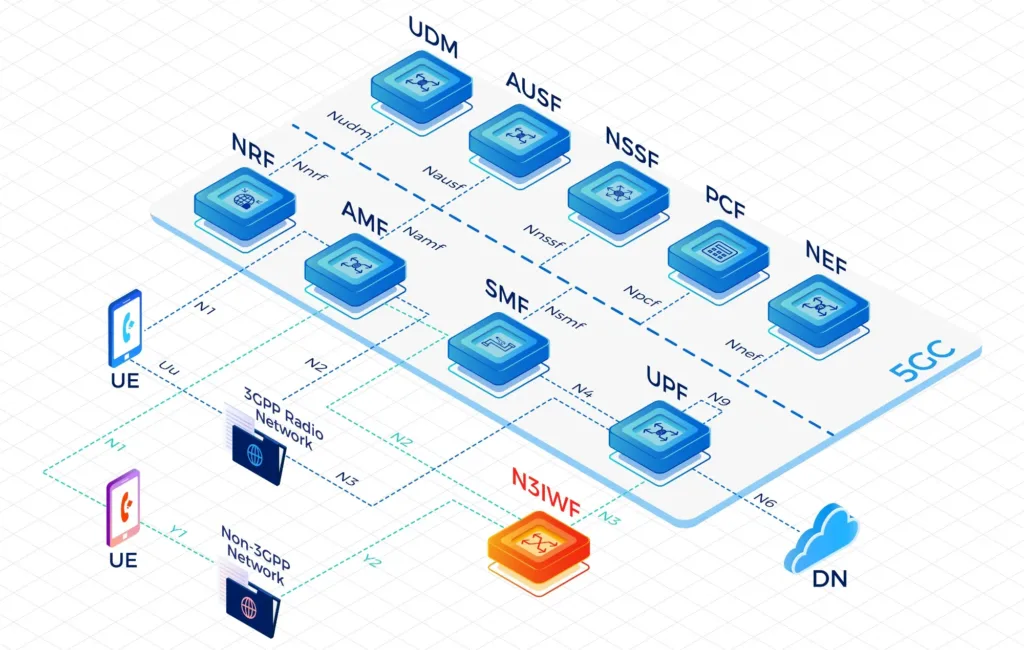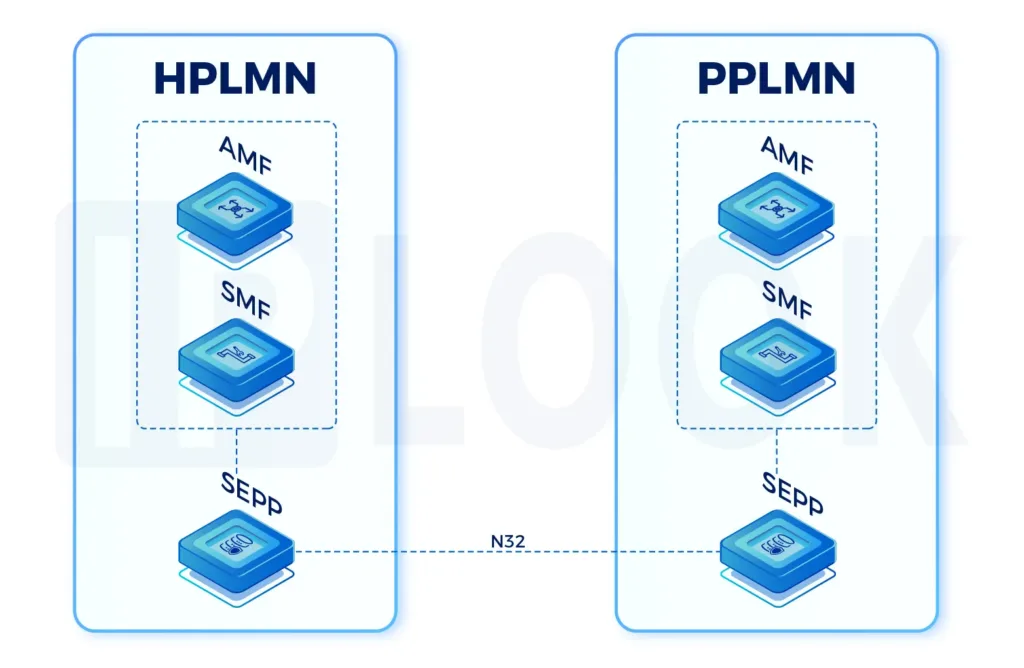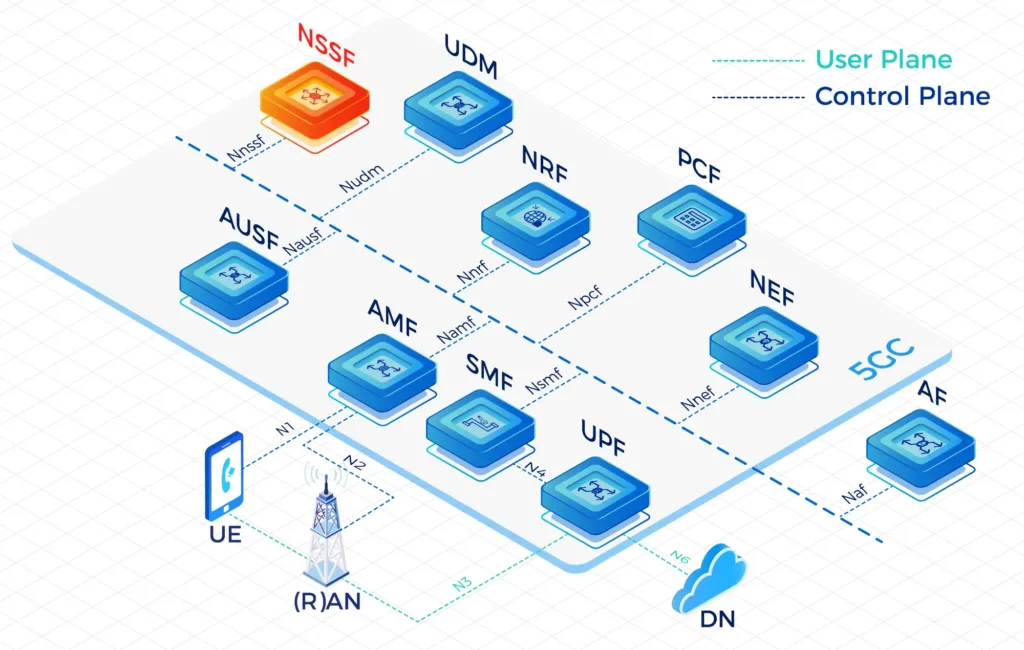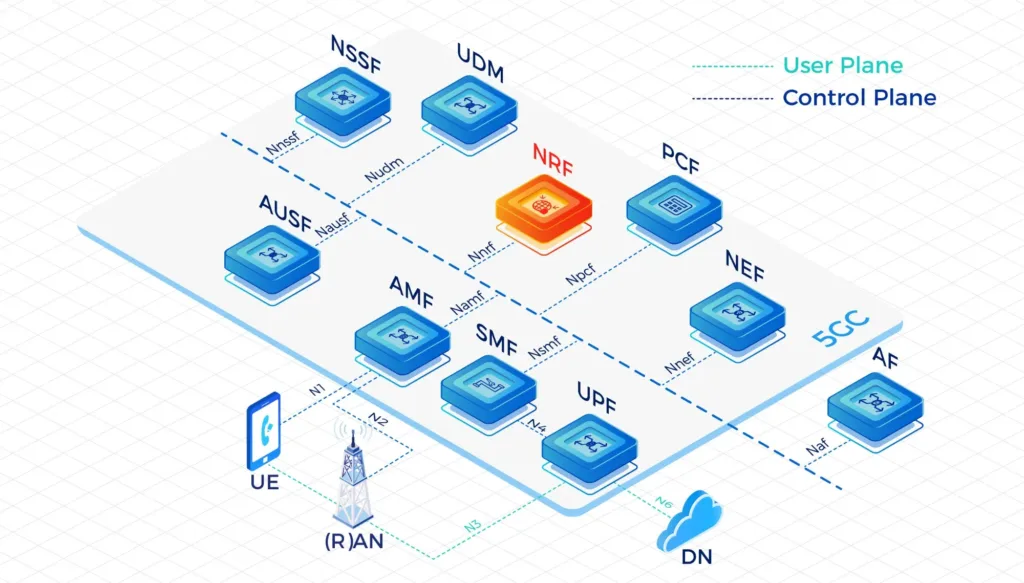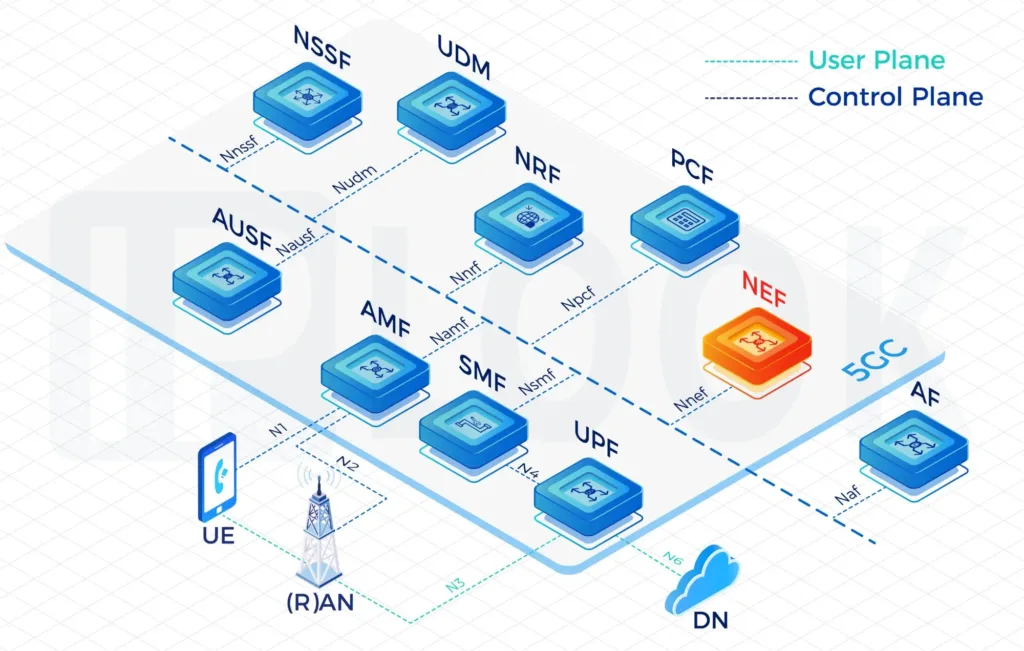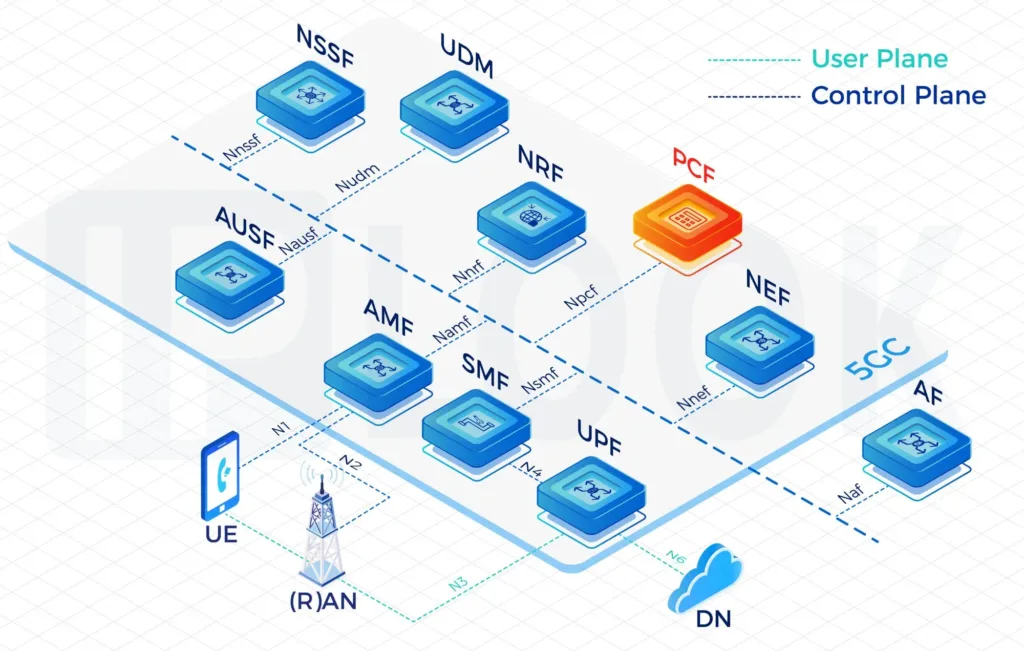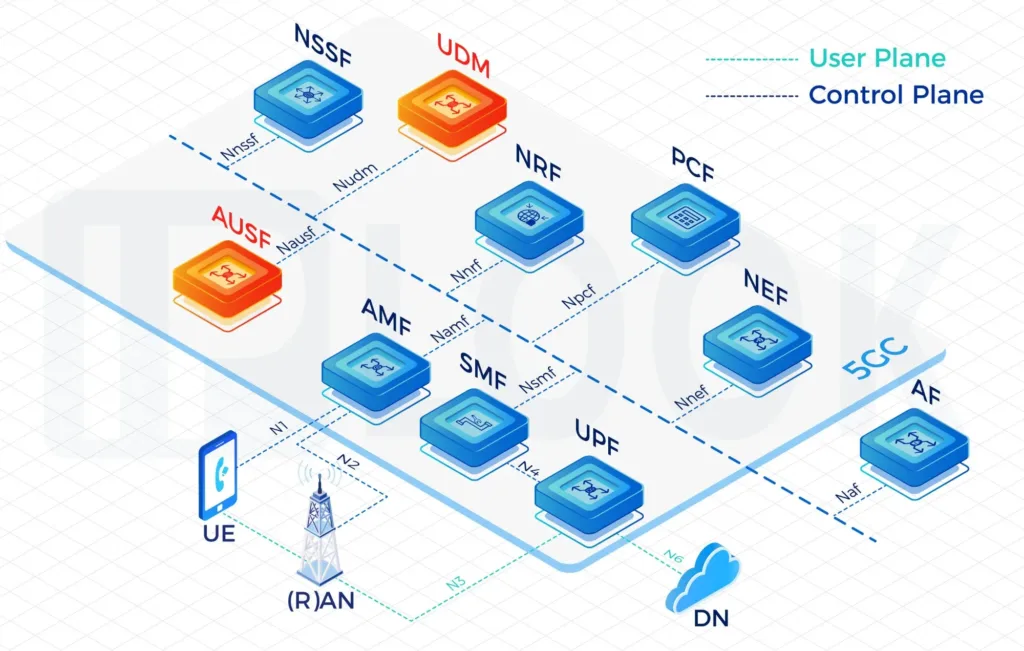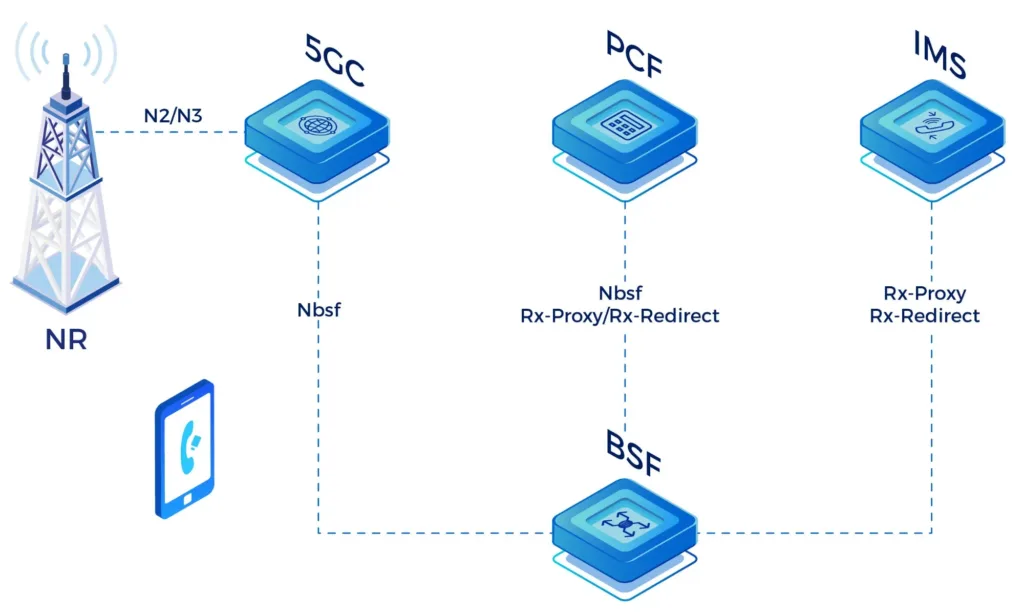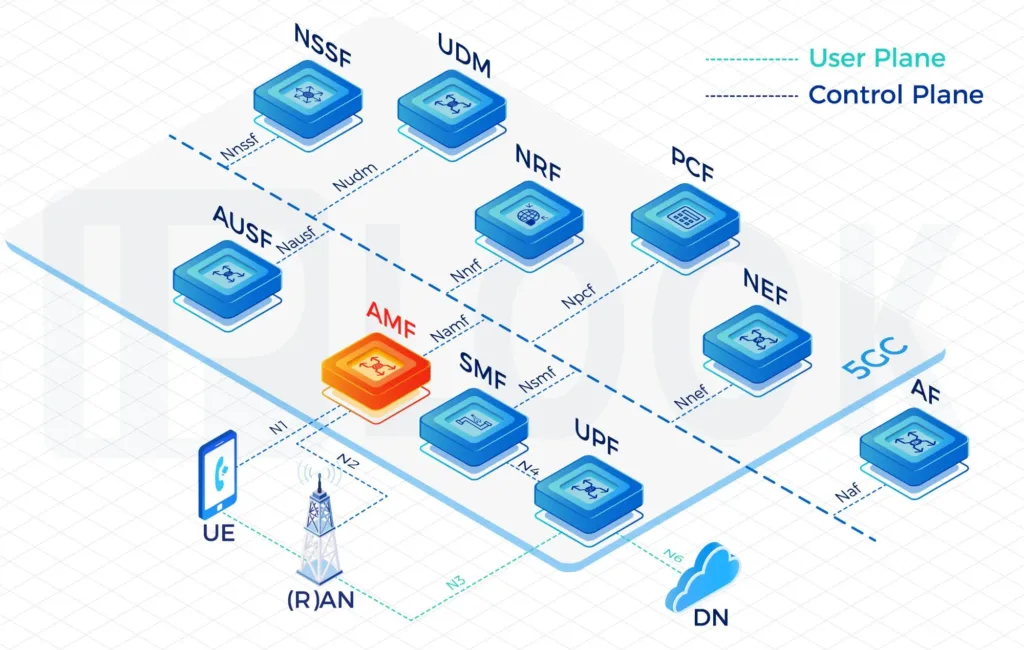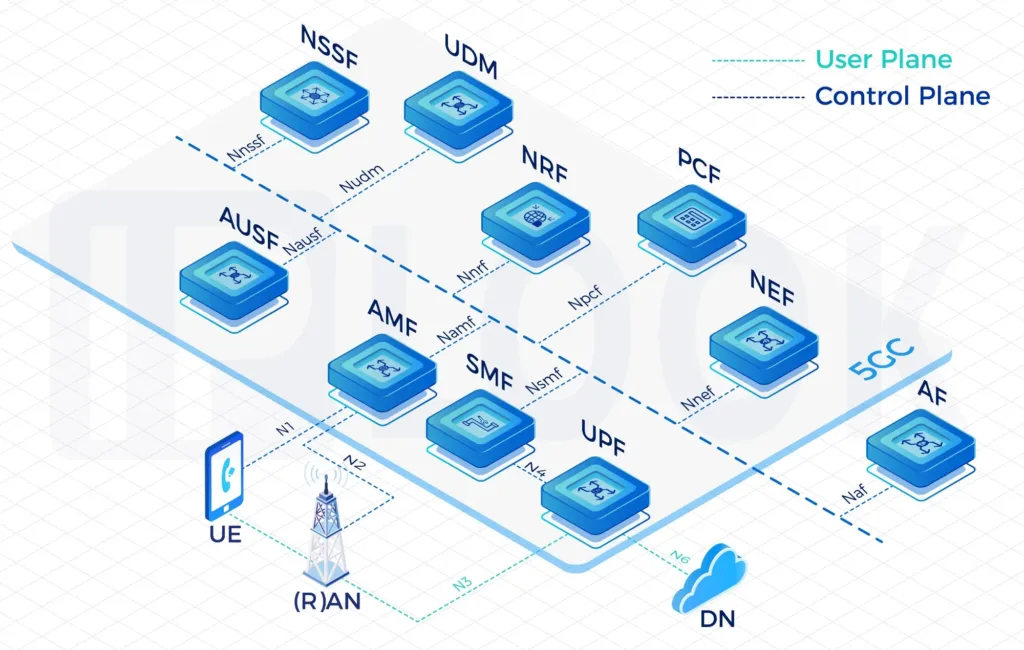Our High-Performing Core Network
Fully virtualizable on VMware, K8S, Docker and OpenStack containers
Session Management Function(SMF)
SMF is a fundamental element of the 5G Service-Based Architecture (SBA). The SMF keeps trace of PDU sessions and QoS Flows in the 5GC for UEs and make sure their states and status are in sync between Network Functions in Control and User Planes.
It also receives PCC (Policy and Charging Control) Rules from PCF (Policy Charging Function) and convert PCC Rules into SDF Templates, QoS Profiles and QoS Rules for UPF, gNB and UE respectively for QoS Flows establishment, modification and release etc.
Key Benefits

Converged EPC SGW-C and 5GC SMF core network function

Designed and delivered as a Cloud-Native network function

Simplify and accelerate service deployment

Perfect compatibility with third-party core network elements
IPLOOK's 5GC SMF
- IPLOOK 5GC SMF builds upon the evolutions of the IPLOOK SGW solution in the 4G space and its evolution in the 4G architecture to evolve to CUPS to support a decomposed SGW-C as the central control plane entity that communicates over an Sx interface to the Distributed and intergrated user plane functions.
- In the 5G architecture, SMF is responsible for session management with individual functions being supported on a per session basis. SMF allocates IP addresses to UEs, and selects and controls the UPF for data transfer. SMF also acts as the external point for all communication related to the various services offered and enabled in the user plane and how the policy and charging treatment for these services is applied and controlled.
Features
Comply to 3GPP R15/R16 Standards
Interface Function
- N4 Interface
- N7 Interface
- N10 Interface
- N11 Interface
- N4u Interface
- N26 interface
- An Interface
- Xn Interface
- Web Server
- N1N2 ---Nas And Ngap
- Northbound Interface (RESTful API)
Operation and Maintenance
- SSH
- SFTP
- Telnet
- KPI Management
- Fault Management
- Log Management
- Configuration Management
- License Management
- Remote Operation and Maintenance
- Web Server
- Process State Check
- System Alarm
- Session Back up
- Main backup
- Quick recovery
- Http proxy
- Multiple Distributed deployment
- Alarm data recovery
- Overload control
- Data retransmission
5GS interworking
- PGW-C/SMF
- UE/NETWORK PDU session Management
- Activate or UnActivate UP link
- QoS Flow/gate contronl
- Overload control function
- IPV6 Support
- Paging Support
- UP Strategy Selection
- Call trace
- Address assignment
- Secondary authentication
- Mobility Management procedures AN Switching
- Mobility Management procedures XN Switching
- Branching Point or UL CL controlled
- UE Triggered Service Request(session/PDU create,modify,release)
- Network Triggered Service Request(notify,Subscribe,session/pdu create modify release)
- Ladn
- N4 Reporting
- 5GS To EPS switching
- Procedures for Untrusted non-3GPP access(n3iwf)
- PFCP node management
- PFCP session management
- UE IP management
- SDF/APPID data checking
- Chr Billing
- UE/Network upip deactive
- Network side sponsored UP reselection support
- Signaling surface user data forwarding control
- Suspend billing process support
- Reflective QoS features
- SMF Service area support
- NEF
- PGW-C restart counter
- SMF event Exposure interface
- NF Register
- NF Deregister
- NF Subscription

